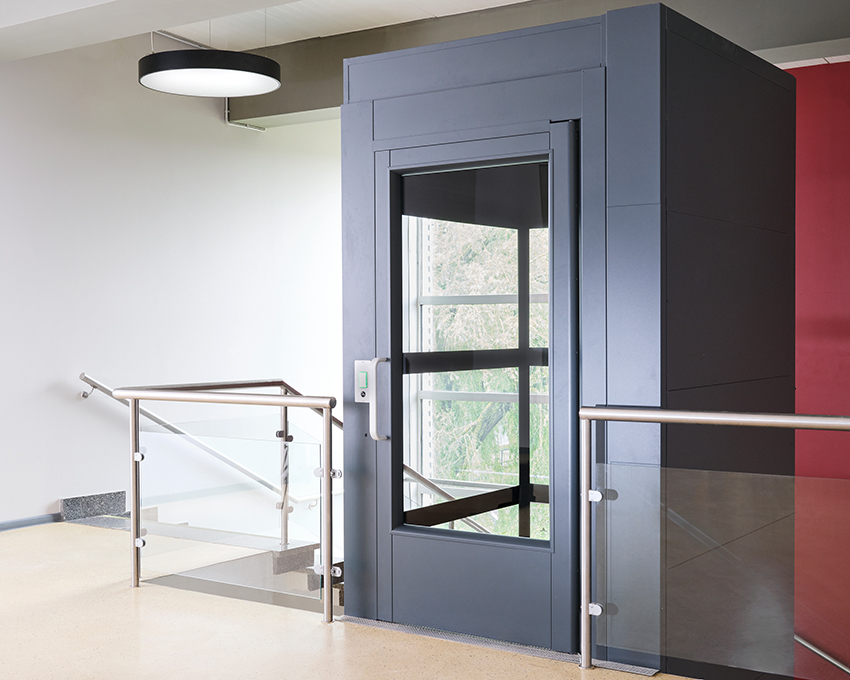

In recent years, home lifts have become increasingly popular among homeowners seeking to enhance accessibility and convenience within their residences. With advancements in technology, one of the options gaining attention is the screw driven home lift. Unlike traditional hydraulic or traction lifts, screw driven lifts utilize a screw mechanism to lift and lower the elevator car. While this technology offers several benefits, including smoother operation and space efficiency, ensuring safety remains paramount. One crucial aspect to consider is the optimal speed for home lifts with screw driven technology.
Read Also : Enhancing Your Home's Modern Aesthetic with Aritco Home Lift
Safety is Non-Negotiable
Before delving into the specifics of speed, it's imperative to emphasize the critical importance of safety in home lift design and operation. Home lifts are intended to provide ease of movement for individuals with mobility challenges or to facilitate transporting heavy items between floors. However, any compromise in safety measures can pose significant risks to users and property.
Factors Influencing Speed Determination
The speed of a home lift with screw driven technology is influenced by various factors, including the design of the screw mechanism, motor power, weight capacity, and intended use. Unlike commercial lifts where speed might be a priority, residential lifts prioritize safety, comfort, and ease of use over sheer velocity.
Optimal Speed Range
Typically, the speed of home lifts with screw driven technology falls within a specific range tailored to residential settings. While there's no universal standard, a conservative approach is often adopted to prioritize safety and user comfort. Speeds usually range between 0.15 meters per second (m/s) to 0.3 m/s for most residential screw driven lifts. This range allows for smooth and controlled movement between floors without inducing discomfort or anxiety among users.
Balancing Speed with Safety
The chosen speed for a home lift with screw driven technology must strike a delicate balance between efficiency and safety. While faster speeds might seem appealing, especially for impatient users, they can also increase the risk of accidents, such as sudden stops or jolts during operation. Moreover, excessive speed can contribute to wear and tear on the lift components, potentially compromising long-term reliability and safety.
Factors such as acceleration and deceleration rates also play a crucial role in ensuring a smooth and comfortable ride. Properly calibrated acceleration and deceleration help minimize jerky movements, providing a more pleasant user experience while maintaining safety standards.
Regulatory Compliance
In addition to manufacturer recommendations and industry best practices, home lifts must comply with relevant safety regulations and standards. These standards often dictate maximum speeds, safety features, and maintenance requirements to ensure the safe operation of residential lifts. Adhering to these regulations is essential for homeowners, lift manufacturers, and installation professionals to mitigate potential risks and liabilities.
In conclusion, when considering the safety and optimal speed for home lifts with screw driven technology, prioritizing user comfort and safety is paramount. While speed is a factor, it should not come at the expense of safety or reliability. By adhering to recommended speed ranges, implementing appropriate safety features, and ensuring regulatory compliance, homeowners can enjoy the convenience of a home lift without compromising on safety.
For those interested in exploring home lift options further or seeking professional advice on installation and maintenance, visiting Skelevator's website at www.skelevator.co.id or contacting them via WhatsApp at 081211312224 would be a prudent step towards enhancing accessibility and convenience within their homes.